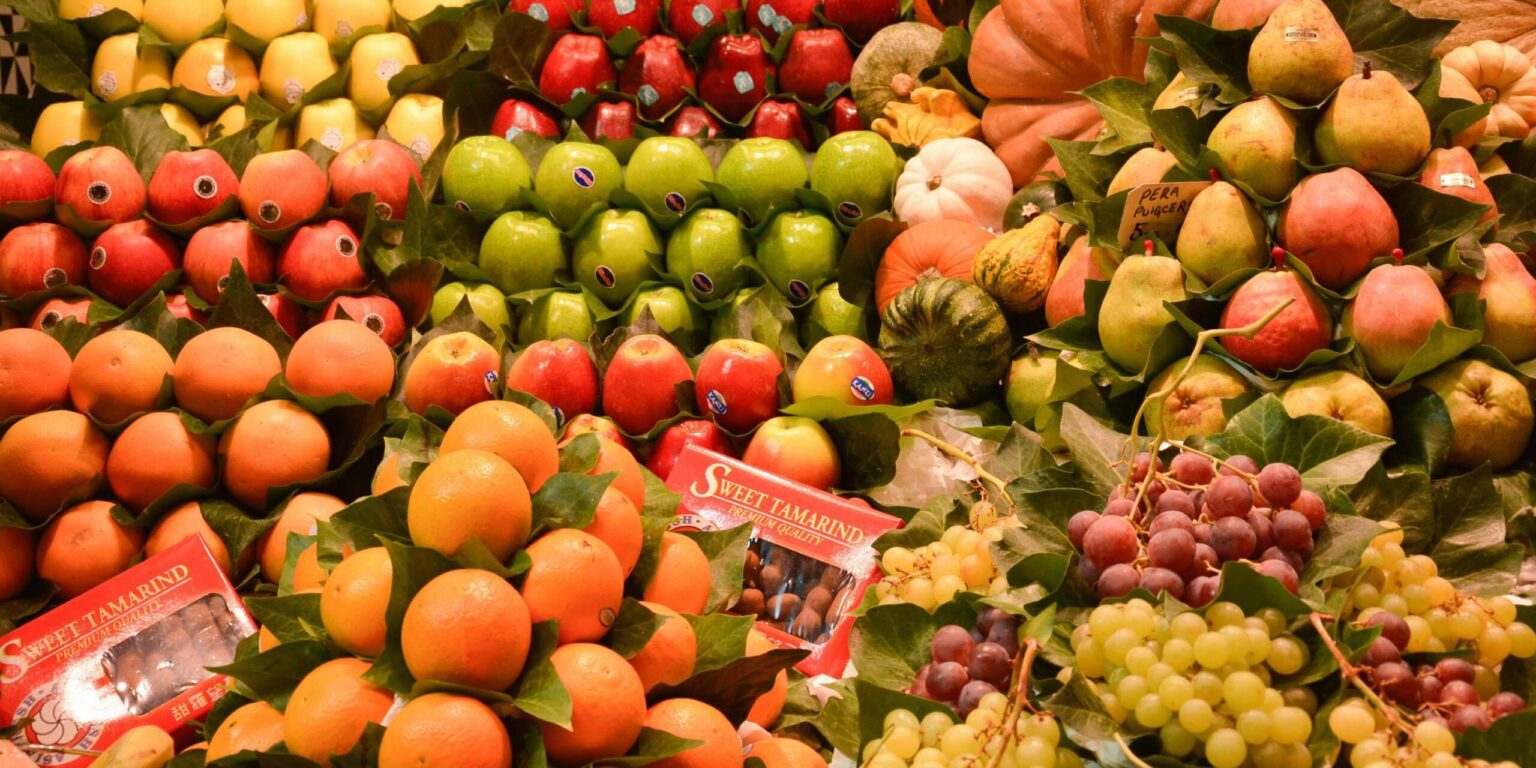September marks the beginning of National Fruits & Veggies Month, a nationwide campaign designed to encourage Americans to put more produce on their plates. Backed by the U.S. Department of Agriculture and championed by the Foundation for Fresh Produce, the initiative has become an annual tradition since its launch in 2019, uniting health professionals, educators, retailers, and community leaders in a common mission: to help Americans eat more fruits and vegetables every day.
This year’s campaign carries forward the theme “Every Time You Eat, Have a Plant,” a simple but powerful reminder that even small changes can have lasting health benefits. The slogan reflects the program’s broader philosophy that wellness does not require dramatic overhauls, but rather daily, sustainable shifts in behavior. By inviting people to add just one more fruit or vegetable to their meals and snacks, organizers hope to help families develop long-term habits that contribute to better nutrition.
The program is part of the larger “Have a Plant” movement, which blends scientific research on diet with practical lifestyle strategies. In practice, this means that the campaign is not just about encouraging people to buy more produce, but also about showing them creative and affordable ways to incorporate fresh, frozen, canned, dried, and 100% juice options into their routines. The goal is to make fruits and vegetables accessible and appealing in every form, at every price point, and for every age group.
Throughout the month, activities unfold across multiple platforms. Social media campaigns challenge participants to share photos of their favorite plant-based dishes, creating a wave of colorful and inspiring content online. Schools use the campaign as an opportunity to integrate fresh produce into lunches and lesson plans, introducing students to new flavors and teaching them how nutrition fuels learning and growth. Community events, such as farmers’ market promotions and cooking demonstrations, offer families practical ways to bring more produce into their kitchens. Nutritionists and health professionals, meanwhile, amplify the campaign’s message by connecting it to broader discussions of disease prevention and wellness.
The Produce for Better Health Foundation, which originally launched the campaign, provides an extensive toolkit each September. This resource helps retailers, restaurants, educators, and healthcare providers tailor the initiative to their audiences. It includes ready-to-use graphics, recipe ideas, educational handouts, and strategies for engaging both children and adults. For businesses, it represents a marketing opportunity to highlight seasonal produce and plant-forward menu items. For schools and community leaders, it offers educational materials that connect healthy eating to daily life in a fun and approachable way.
Public health experts stress the importance of initiatives like National Fruits & Veggies Month. Despite decades of guidance from nutritionists and federal agencies, studies consistently show that most Americans fall short of the recommended daily servings of fruits and vegetables. This dietary gap is linked to higher rates of obesity, heart disease, type 2 diabetes, and certain types of cancer. Campaigns like NFVM aim to shift this trend by using positive messaging and community support rather than guilt or restriction, helping people view healthy eating as both enjoyable and achievable.
Beyond the statistics, the cultural impact of the campaign is significant. By framing fruits and vegetables as exciting, flavorful, and central to modern lifestyles, NFVM is working to redefine how Americans think about their meals. Instead of being seen as side dishes or afterthoughts, fruits and vegetables are promoted as the star of the plate. This perspective aligns with broader trends in the food industry, where plant-based diets are gaining popularity and consumers are increasingly interested in sustainability, freshness, and health.
National Fruits & Veggies Month also highlights the economic role of produce in American life. From farmers who grow seasonal crops to grocery stores and restaurants that bring those foods to consumers, the produce industry supports millions of jobs nationwide. The campaign helps connect consumers more directly with the supply chain, often encouraging visits to local farmers’ markets and support for regional agriculture. In doing so, it reinforces the idea that choosing fruits and vegetables benefits not just individual health, but also local communities and the broader food economy.
As the campaign unfolds throughout September, Americans will see reminders in grocery stores, on social media, in schools, and across community programs to “have a plant.” While the message may be simple, its implications are profound: by adding more fruits and vegetables to their diets, people can improve their health, support local agriculture, and participate in a nationwide effort to make nutrition a shared priority.
This month-long initiative serves as both a celebration of the bounty of American agriculture and a call to action for healthier living. For families, schools, businesses, and communities, National Fruits & Veggies Month offers a timely reminder that better health truly can begin one plate at a time.
